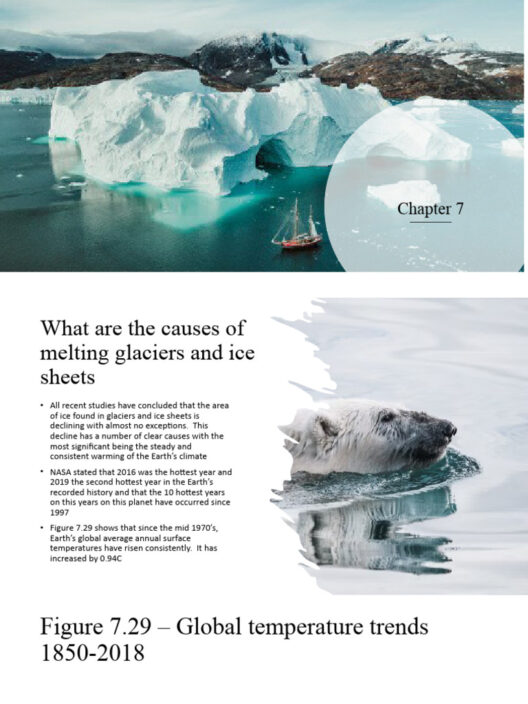In an era marked by the omnipresent threat of climate change, the quest for energy conservation unfolds as a vital journey toward a sustainable future. Every individual possesses an impactful role, akin to a single drop in an ocean. Collectively, these drops converge, creating a tidal wave of change that can significantly reshape our energy habits. This article delves into the intricacies of everyday energy conservation, offering a multitude of pragmatic strategies that resonate with anyone interested in making a positive difference.
Imagine the Earth as a delicate garden, flourishing with vibrant flora and fauna. Each plant draws sustenance from the sun, air, and soil, creating a symbiosis that sustains life. However, as with any garden, neglect can lead to deterioration. Energy conservation serves as the gardener’s hand, carefully pruning excesses and nurturing sustainable practices that reinforce the foundation of our ecosystem. By adopting energy-efficient behaviors, we cultivate not only our immediate environment but also the planet at large.
To embark on this journey, awareness is the first stepping stone. Begin by assessing energy consumption within your living space. Just as a gardener surveys the landscape, identifying areas that require attention, individuals should undertake an energy audit. This involves scrutinizing appliances, lighting, and heating systems, and recognizing which contribute most to energy usage. You might discover that outdated appliances guzzle energy like a thirsty vine, while energy-efficient models sip it delicately, thus illustrating the pivotal difference between waste and conservation.
Lighting, a seemingly innocuous aspect of daily life, offers an excellent starting point for energy conservation. Transitioning from incandescent bulbs to LEDs is akin to swapping a heavy, leaky bucket for a sturdy, efficient container. The former operates at a substantial cost, while the latter exemplifies longevity and frugality. Not only do LED bulbs use up to 75% less energy, but they also possess a markedly longer lifespan, making them an irresistible choice for any conscientious custodian of the environment.
Moving beyond illumination, one must confront the behemoth that is heating and cooling. The home, much like a well-insulated fort, requires strategic defenses against the elements. Insulation and weatherproofing serve as a barrier, containing warmth in winter like a cocoon, and preventing hot air from intruding during summer. By sealing drafts, utilizing thermal curtains, and maintaining HVAC systems, households can cut energy consumption significantly. Just as a well-tended garden thrives through careful stewardship, a well-insulated home flourishes by protecting its internal climate.
Moreover, the advent of smart technology heralds a revolution in energy conservation. Smart thermostats and energy monitors function as astute sentinels, learning a household’s patterns and adjusting energy usage accordingly. They are like attentive gardeners, responding to the needs of their plants to ensure optimal health without excess. By programming temperature schedules and tracking energy consumption, these devices empower homeowners to make informed decisions that mitigate wasteful energy habits.
As we delve deeper into daily energy conservation, attention must also be turned toward the kitchen, often the bustling heart of any household. Consider the metaphor of cooking: it is not merely about generating heat; it is about applying it judiciously. Utilizing pressure cookers, slow cookers, or microwaves can drastically reduce energy consumption compared to conventional ovens. These appliances are akin to the meticulous chef, ensuring that every ingredient is harnessed effectively and without undue waste. Furthermore, cooking in batches minimizes energy spent, much like harvesting a crop all at once rather than sporadically.
Transportation comprises another significant aspect of our energy consumption landscape. Picture the journey to work not just as a commute, but as an opportunity for transformation. Carpooling, utilizing public transport, or transitioning to cycling can diminish one’s carbon footprint remarkably. This transformation is akin to shifting from being a solitary flower to blooming within a vibrant bouquet, illustrating the beauty of cooperation and mutual support. When individuals come together, they not only reduce emissions but also foster a sense of community and shared responsibility.
In our pursuit of a more sustainable existence, we must also consider our consumer behavior. The choices made in purchasing goods hold profound implications for energy consumption. Opting for localized products reduces the energy embedded in transportation, akin to choosing homegrown vegetables over imported ones that travel thousands of miles. Engaging with local producers nurtures community ties, creating a circular economy that fortifies resilience and sustainability.
Lastly, cultivating the mindset of an environmental steward goes hand in hand with conservation efforts. Educating oneself and others about the benefits of energy conservation magnifies the impact of individual actions. Much like a seed planted in fertile soil, knowledge bears fruit when shared, inspiring others to adopt energy-efficient practices. Host workshops or engage in community discussions to foster collective awareness and solidarity in the fight against climate change.
In conclusion, everyday energy conservation is an intricate tapestry woven from individual actions, choices, and awareness. Each thread, whether it be upgrading appliances, mending drafts, or reimagining transportation, contributes to a cohesive fabric of sustainability. In the grand narrative of climate action, every effort echoes—thriving gardens of energy-conscious choices sprout from the seeds of conscientious habits. By embracing these practices, we are not just conserving energy; we are participating in the preservation of our planet for generations to come. The future beckons, and it is illuminated by the collective brilliance of those committed to nurturing a greener Earth.







